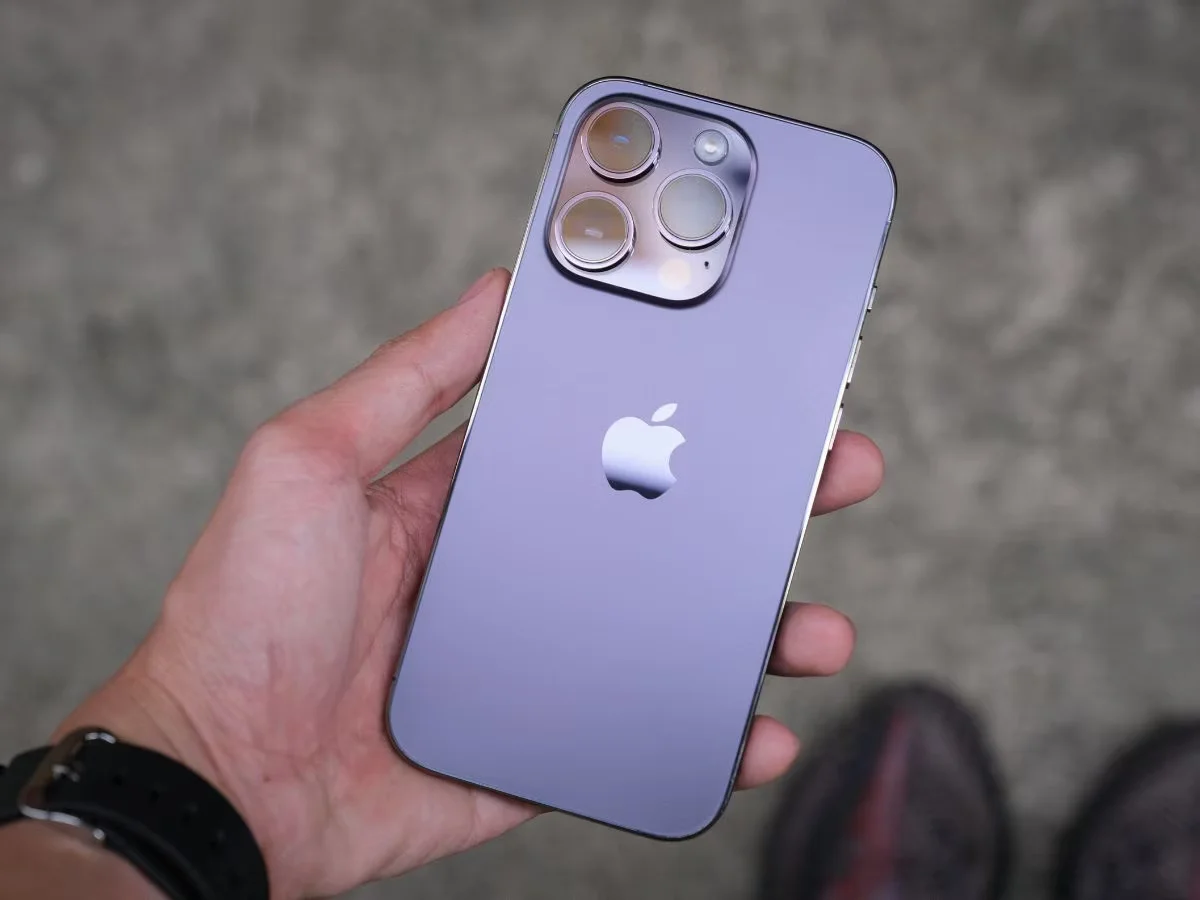Apple recently unveiled its latest iPhone 15 lineup, showcasing a range of new features and upgrades. However, this launch comes at a critical juncture for the tech giant, as it faces concerns about market access in China and heightened competition from rival manufacturers.
Apple, known for its innovation and customer-centric approach, has been a dominant player in the smartphone industry. The iPhone alone accounted for more than half of the company’s impressive $394.3 billion in sales last year. But the road ahead is not without its hurdles, especially in China, which is Apple’s third-largest market.
The iPhone 15 brings some significant changes to the table. It is equipped with USB-C, marking a departure from Apple’s exclusive “Lightning” charging cables. This shift is primarily driven by European regulations, signaling Apple’s commitment to global standards.
One of the standout features of the iPhone 15 lineup is the introduction of Dynamic Island. Initially featured in the iPhone 14 Pro and Pro Max, Dynamic Island is a pill-shaped cutout that offers an innovative way to view specific notifications and interact with applications.
The display technology in the iPhone 15 is nothing short of impressive. It boasts an OLED Super Retina display capable of supporting Dolby Vision content, with a remarkable brightness of 1,600 nits. In direct sunlight, the peak brightness reaches a staggering 2,000 nits, effectively doubling the performance of the iPhone 14.
Perhaps one of the most eagerly awaited upgrades is in the camera system. The primary camera sensor in the iPhone 15 boasts an impressive 48-megapixel capacity, a significant leap from the 12-megapixel sensor found in its predecessor, the iPhone 14. Additionally, a 12-megapixel telephoto lens and improved portrait mode eliminate the need for manual activation, providing users with a more seamless photography experience.
While Apple is gearing up to impress consumers with its latest technological marvel, it is also confronting competition from formidable rivals, such as Huawei Technologies. Huawei was once Apple’s primary rival in China’s premium smartphone market until it faced severe setbacks due to US export controls in 2019.
Huawei recently introduced the Mate 60 Pro, a high-end smartphone equipped with Chinese-made chips. This move potentially breaches US trade restrictions, and Huawei aims to gain an edge over Apple by offering features like satellite calling, leveraging China’s government-backed network. Although Apple’s current iPhone lineup includes satellite capabilities primarily for emergency situations, Huawei’s strategy intensifies the competition.
As the iPhone 15 debuts, Apple finds itself navigating complex market dynamics in China, heightened competition, and the ongoing challenge of staying at the forefront of innovation in an ever-evolving smartphone landscape. The tech giant’s ability to adapt and captivate consumers will undoubtedly play a crucial role in its continued success in this highly competitive market.




